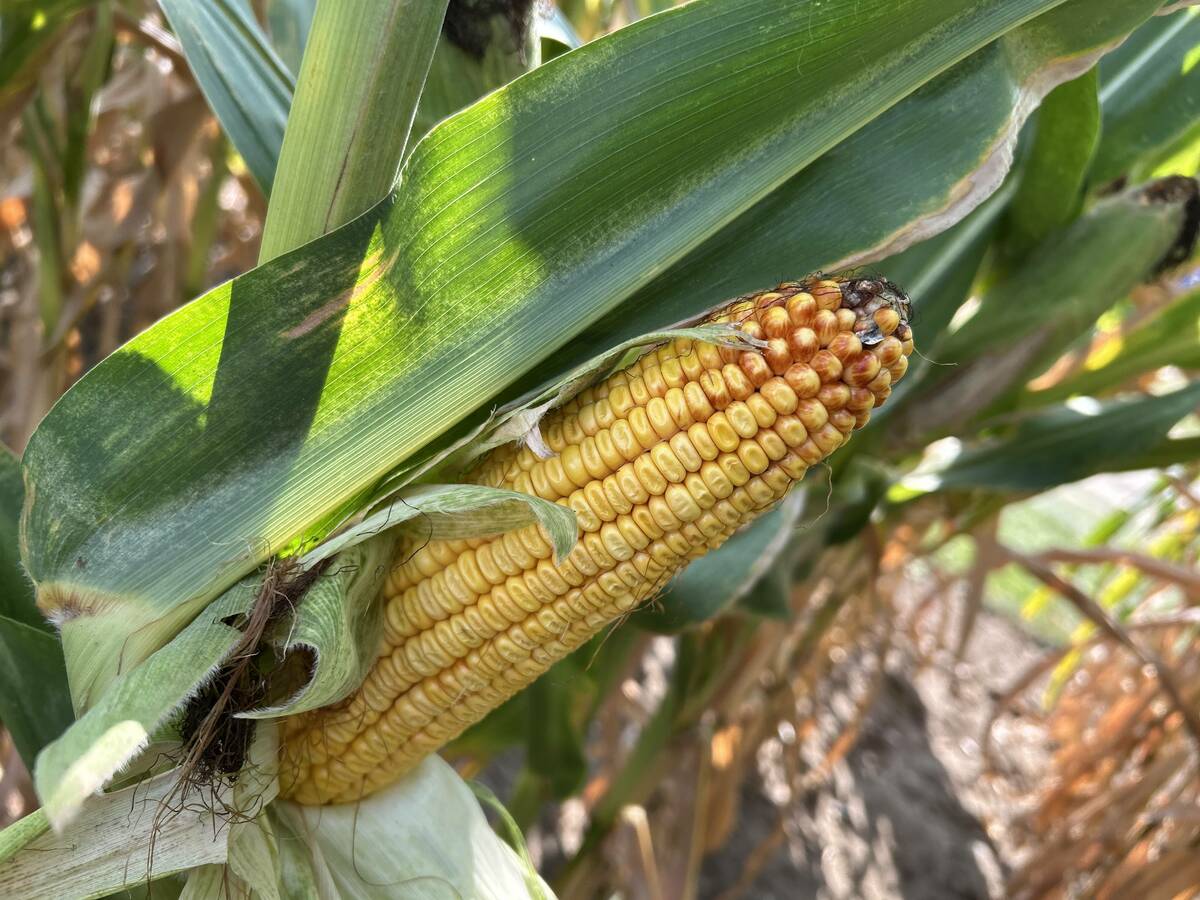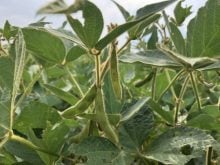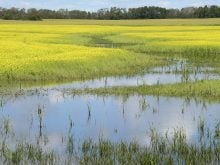Albertans are invited to keep those cards and letters coming so that the government knows where they stand on property rights.
The government does not want the concept of land use planning to fail, said agriculture minister Evan Berger, who is vice-chair of a task force that will travel the countryside to hear what changes are required to the province’s land stewardship act.
“Over the next month and a half, the task force will be talking with you and other stakeholders throughout the province and get people in-volved,” he told the Alberta Beef Producers annual meeting in Calgary Dec. 5-7.
Read Also

Crop estimates show mixed results
Model-based estimates used by Statistics Canada showed the 2025/26 crop year has seen increases in canola, corn for grain, oats and lentils production while seeing dips in spring wheat, durum wheat, soybeans and barley in comparison to 2024/25.
ABP wants to see what is offered on bills governing land stewardship transmission lines, land expropriation and carbon capture.
The political tone has changed, but there are no guarantees the requested changes will occur, said Greg Bowie, chair of ABP’s land use subcommittee.
“The conversation has been opened and I think we need to follow the process.”
He said beef producers want assurances of compensation, consultation and access to the courts when land decisions are made about private property.
“They are all very important to the people we represent,” said Bowie.
“There is a whole lot of land in Alberta that is owned by guys who raise cows. People are very concerned that they will lose some of their ability to manage their land in the way they want to manage it.”
A local advisory committee has already completed a plan for the Lower Athabasca region, which may have to be altered if the act is changed.
Seven plans will be done on regions loosely based on watershed areas.














